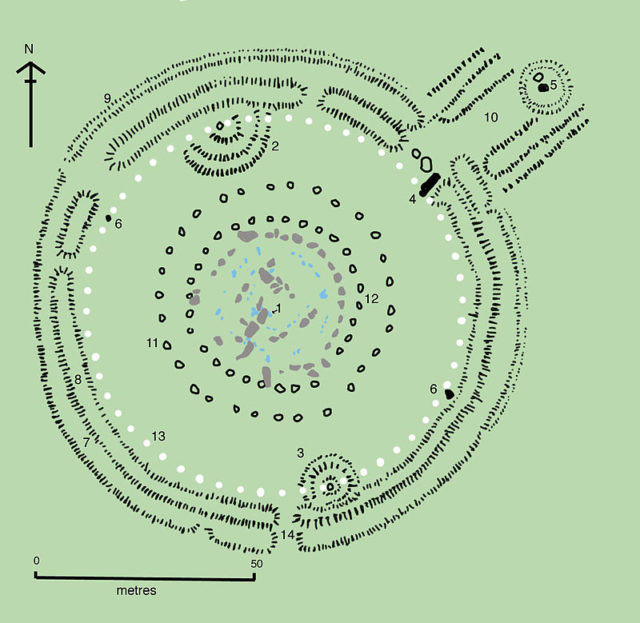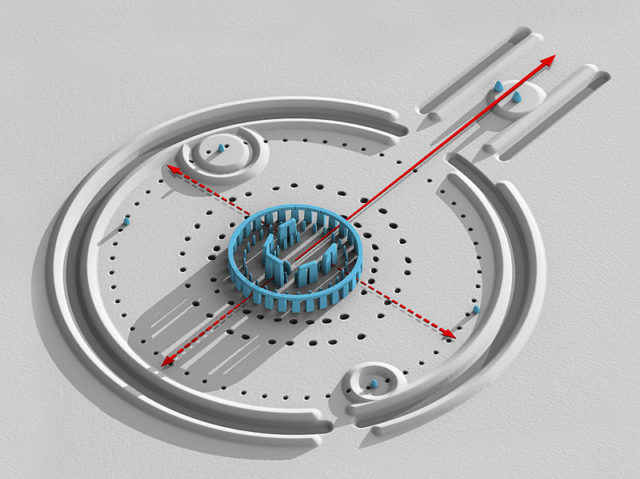As a civilization, we certainly have plenty of milestones to take pride in: we’ve flown to the Moon, sent the Curiosity rover to Mars and programmed it to sing Happy Birthday to itself, and invented some pretty powerful stuff such as a diesel engine that makes use of 109,000 horsepower.
However, when it comes to ancient structures of the likes of Stonehenge or the Egyptian pyramids, we still have huge gaps in our understanding of their history–how they were built and what their purpose was.
For example, a majority of scholars agree that Stonehenge was used as a burial ground. It still needs to be determined whether this monument that withstood the test of time served other purposes as well.
We are not even 100 percent certain whether the monument was created 4,000 years ago, or 12,000 years ago, as several theories challenge the traditional thought of scholars. Concerning the methods of construction used, these alternative theories suggest that the ancient civilization may have had some sort of high-level technology at its disposal, or maybe, just maybe, the answers are much simpler than that.
Several years ago, retiree Wally Wallington provided one plausible answer to the long-sought scientific mystery of how Stonehenge was built. Not a scientist but a Michigan construction worker and carpenter, Wallington started playing around with massive stone blocks in his garden. He took on the challenge of creating a replica of Stonehenge monument in his backyard. Using some easily manageable mechanisms and having a profound understanding of physics and mechanics, Wallington has been able to demonstrate how you can move massive pieces of stone, as heavy as a ton, without that much difficulty.

Wallington thinks it probable that the ancients used similar techniques in building structures such as Stonehenge. His theory can be seen in full on YouTube or on the Discovery Channel, where it was featured a couple of years ago.
From what we can learn from Wallington’s experiment, as exemplified by his life-size replicas of the Stonehenge stones, the massive pieces may have been moved around during a shorter period of time and with a lot more ease than previously thought. As he demonstrates, Wallington does not use any wheels, cranes, or similar machinery whatsoever. He remarks though, that gravity is certainly one of the favorite tools in this case.
For creating the Stonehenge replica, Wallington initially came up with an original type of transport that uses the rock’s weight to enables him to move the rocks rapidly down an improvised wooden “path.”

Whether you happen to watch how the “Wallington method” spins, coordinates, and relocates the astonishingly heavy stones, your questions of whether it’s real or a trick is inevitable. Wallington clarifies, though, that the entire method is achievable by employing some essential engineering and physics knowledge.
“I found a simple explanation for this: to move a block about the weight of a minivan, would be to place a stone underneath it. And once I balance on it, I can spin it,” he comments in the video. As he rotates the massive rocks with nothing but wooden shafts and a tiny stone purposed as a fulcrum, it becomes easy to visualize the ancients, in larger groups, doing the exact same things with many more similar tools and resources.

There are a few more methods used as part of the process, and when fully implemented, according to Wallington, he can transfer blocks as heavy as a ton, at the pace of around 300 feet an hour. This can be accomplished by simply “walking” with the stone, as a single rotation of the stone enabled by the mechanism would equal approximately one normal human step.
Wallington is more than confident that with the help of a couple more people, he can go further with a real-size replica of Stonehenge. He also claims that this construction method may be used for the pyramids. In his words, it would take him roughly 25 years and some 640 teammates to build a structure similar to the Great Pyramid of Giza.
After listening to Wallington, indeed, nothing seems impossible.
